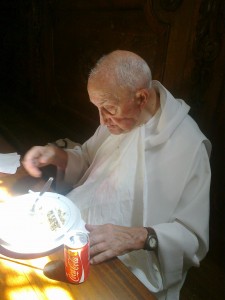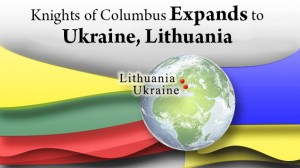The people in the media sometimes hear the same words as everyone else does at the same time but they just don’t seem to get the story correct. Misinformation is generated and passed as correct thus obscuring the truth. I want to believe that media professionals are not extraordinarily ideological as much as they have are unable to connect the dots and to think theologically; they have little interest in matters of religion, plus there’s a tendency to reduce what is said to a least common denominator because there is no perceived value in the story. Lack of interest breeds misinformation.
Thinking in a public way the other day, Boston’s Cardinal O’Malley spoke of Pope Francis in these terms: “his tenderness which is not the virtue of the weak but a sign of strength of spirit and a capacity for concern and compassion, for genuine openness to others, for love.” However, what the press reported was that Pope Francis is only concerned for to love others and soft on life issues thus is changing the Church’s teaching on matters like abortion. But that’s not what the cardinal said, nor what the pope thinks and teaches us. The pope has demonstrated that his belief and teaching is in continuity with his predecessors and that he upholds each iota there is in biblical and magisterial teaching. See, for example, Francis’ various homilies and talks in recent months: June’s Evangelium Vitae Day, the Day of Life address in July, his message to the bishops of Latin America and to the Knights of Columbus.
What O’Malley said, in part, was the following:
Some people think that the Holy Father should talk more about abortion. I think he speaks of love and mercy to give people the context for the Church’s teaching on abortion. We oppose abortion, not because we are mean or old-fashioned, but because we love people. And that is what we must show the world. Recently I read about an American relief worker in Africa, who reported on being at a camp for a food-distribution line, it was very chaotic, even scary. He could see that they were running out of food and that these starving people were desperate. At the end of the line, the last person was a little nine-year-old girl. All that was left was one banana. They handed it to her. She peeled the banana and gave half each to her younger brother and sister. Then she licked the banana peel. The relief worker said at that moment he began to believe in God.
We must be better people; we must love all people, even those who advocate abortion. It is only if we love them that we will be able to help them discover the sacredness of the life of an unborn child. Only love and mercy will open hearts that have been hardened by the individualism of our age.
Sean Cardinal O’Mally, OFM Cap
Archbishop of Boston
Address to the Knights of Columbus Convention, excerpt
San Antonio, Texas
Whatever is said by the media about the pope these days needs to be fully scrutinized for its accuracy. You need to read the texts yourself; do your own homework; don’t let other digest what the teaching authority of the Church supposedly said, use your critical thinking skills. Secular news agencies, including some of the Catholic news agencies, count on you not doing your own work –they are happy to do the thinking for you. Some media elites are able to discredit the Church through the person of the pope as well as others because they hope you won’t notice coupled with the fact they accept what the bible and the Church teaches; if the media people don’t believe in the biblically revealed vision of life and happiness that the Church teaches as beautiful, good and true, then how could we accept at face value that they are conveying fact.
Opposition to abortion, care for the elderly, visiting the imprisoned, concern for the poor, uneducated and marginalized are some of the many ways the Church defines human dignity, love and happiness. The embrace of all human beings regardless of status in society is the Church’s way of life.






